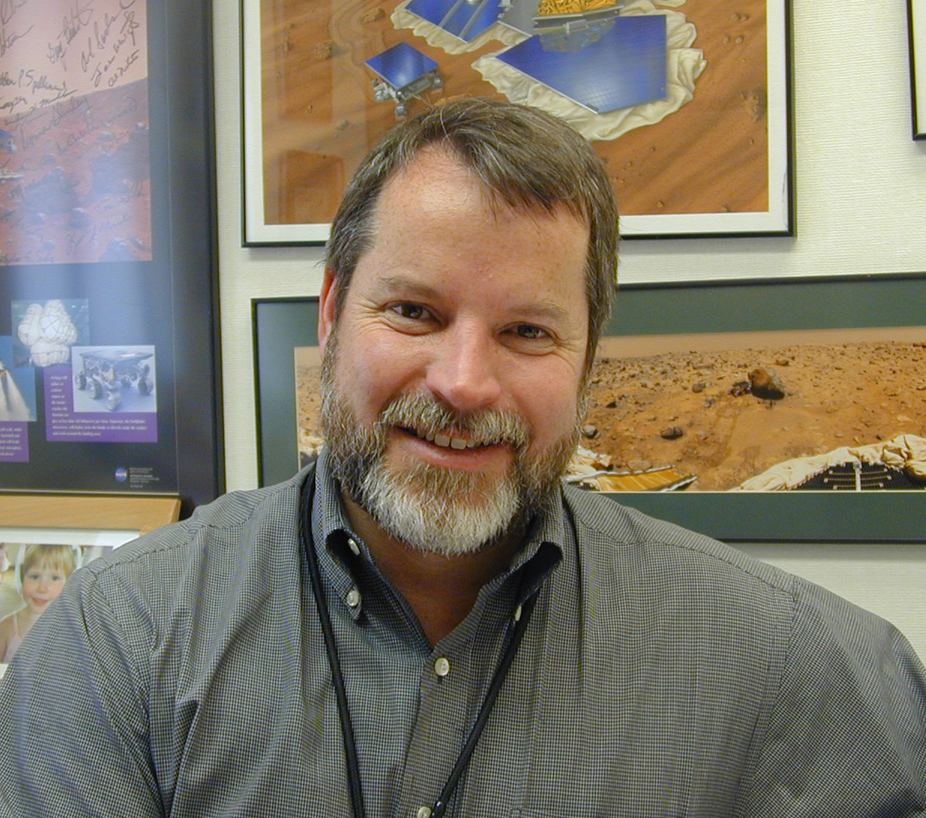Don Cohen, Managing Editor
Most NASA missions have majestic goals. The Apollo program that put men on the moon, the rover landings on Mars, flights to the outer planets, and the space telescopes and other instruments revealing truths about distant galaxies and the origin of the universe are tributes to the ambition, curiosity, and resourcefulness of generations of scientists and engineers.  NASA’s history is in part the story of men and women who have had an extraordinary ability to imagine new questions and invent ways of answering them.
NASA’s history is in part the story of men and women who have had an extraordinary ability to imagine new questions and invent ways of answering them.
The robotics researcher and fiction writer Karl Iagnemma (“Equations and Lies”) writes about the fundamental mystery of the kind of creativity that comes up with a problem or perspective no one has thought of before. He goes on to detail some of the long, hard work required to turn that flash of inspiration into the reality of a functional robot or convincing piece of fiction.
A lot of what we do at NASA consists of that kind of hard work: the endless hours of design, review, manufacture, and testing, all the painstaking nuts-and-bolts tasks that lie behind that photograph of Saturn’s rings or the ability of Spirit and Opportunity to roll across the surface of Mars. Many of the articles in this issue of ASK focus on the often unglamorous work on which the success of glamorous projects depends. In the interview, for instance, John Mather talks about the endless hours of discussion between scientists and engineers to devise instruments that could measure subtle variations in the background radiation of the universe and be possible to build, and about the importance of knowing how to run productive meetings. “On the Wallops Range,” by Charles Tucker, describes the almost fanatical pursuit and application of the lessons of experience to ensure successful launches. Wessen and Porter’s “The Cassini Resource Exchange” explains a novel method for distributing project resources. Several articles (“Space-to-Space Communications,” “Apollo: A Young Engineer’s Perspective,” “Making and Monitoring Critical Assumptions”) illustrate the importance of thorough testing—of hardware, software, and the assumptions that shape and guide projects. The fact that the Project Management Institute has recognized NASA as one of twenty-five outstanding organizations in project management (see “ASK Interactive”) is another indication of the Agency’s ability to do the down-to-earth work space exploration requires.
As Dan Holtshouse’s Apollo article also makes clear, successful projects maintain a vivid sense of the connection between all the daily, demanding, meticulous labor and the grand, dramatic goals. It was being continually aware of the fact that they were building something on which the lives of astronauts and the pride of the country depended that made it possible for them to work those many exhausting hours and devise test after test to make certain this new technology would work. Mather, too, notes that the COBE team cheerfully worked long hours in part because “they knew they were doing something important.” Certainly one of the critical jobs of the successful project manager is to keep people from losing sight of the grand goal as they struggle with the complexity and frustrations and even sometimes the tediousness of their daily work.
This is part of what Ed Hoffman is talking about (“From the APPEL Director”) when he notes that teams can get in trouble by focusing too much on a narrowly defined set of project milestones. He emphasizes the importance of relating all project activities to the organization’s overall strategy—that is, to the inspiring larger goals that justify all that hard work.







